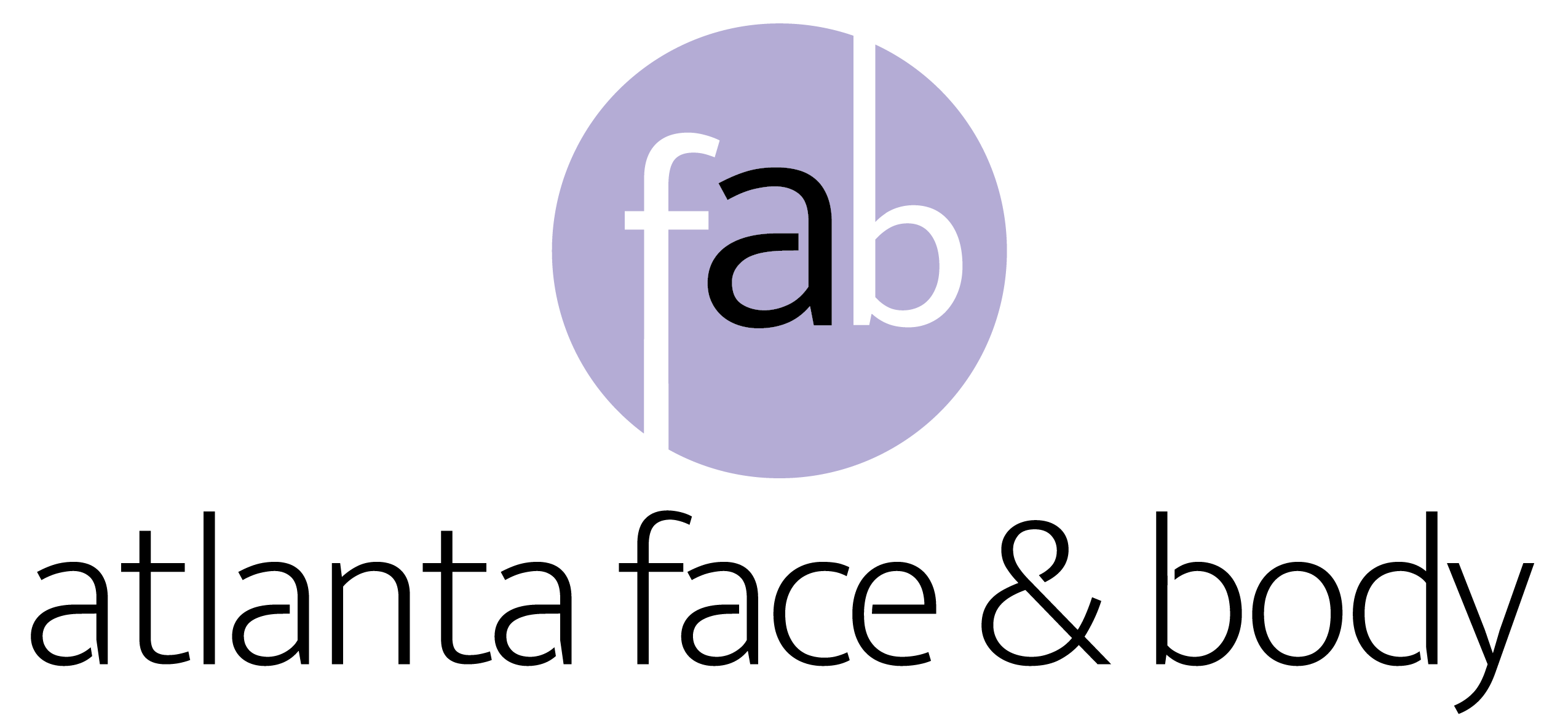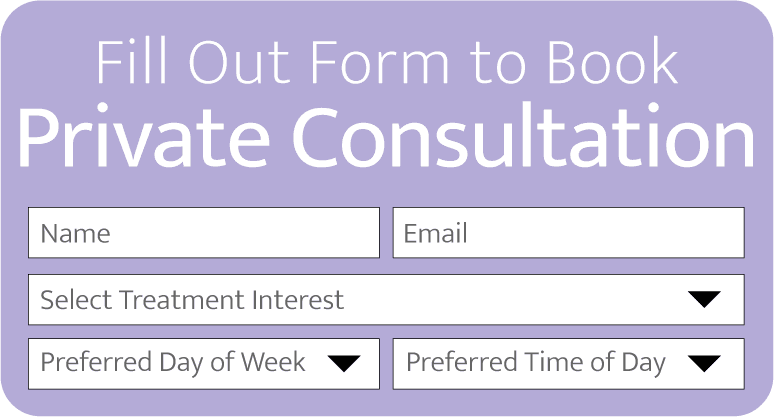The number of facelifts that are completed per year has increased by as much as 54% since the year 2020. Facelifts are arguably one of the top surgical procedures that people choose to make themselves look younger. However, if you plan on getting this kind of procedure done, you might be wondering when you can see your facelift results.
Besides that, what will the procedure look like and how long will it take to recover? Keep reading and learn more about facelift recovery and the surgical process.
What You Need to Know About Facelifts
Many people think that all facelifts are the same, but this is not at all the case. In the past, it was true that there was only around one type of facelift, but today, there are many other options you can consider before you go through with the procedure. The procedure you choose should reflect what kind of results you want to achieve.
For example, some facelifts don’t even really include the face but instead the neck. This is known as a neck lift and it is best for those who have sagging or wrinkled necks. This surgery is more common in older people since saggy necks tend to develop once a person gets older.
Another type of facelift is known as a thread lift. This is when a few small threads are placed under the skin and used to pull the skin up from the inside. This surgery is best for minor problems such as sagging nasolabial folds, jowls, and sagging cheeks.
It is not ideal for faces that have wrinkles and problems with sagging all over. In that case, a full, traditional facelift may be your best bet. That procedure is more invasive and involves making a large incision hidden in your hair above your hairline.
The Details
From that incision, your surgeon will literally pull the skin of your face upwards and that staple it in place. This will smooth out a lot of your wrinkles and also reduce sagging. This is the procedure that produces the most dramatic results.
There are also some less invasive facelift options if you want to shorten your recovery time. Some facelifts even use laser or sound frequency technology to tighten certain areas of the face and reduce excess fat. You should talk to your cosmetic surgeon to figure out what kind of facelift might be best for you and your skin concerns.
If you only have a few light signs of aging, going through with a full facelift won’t be a good idea or even worth the time and money. Instead, it would be better to choose an option that is far less invasive and that allows you to recover faster.
On the other hand, if you are already showing advanced signs of aging such as severe wrinkles, skin sagging, and more, then a more invasive procedure might be worthwhile and would certainly produce more dramatic results.
Whatever you choose, you might be wondering what to expect from the procedure as well as the recovery after surgery.
Understanding Facelift Surgery
The exact details of your facelift surgery will depend on what kind of facelift you get. However, certain things will be the same no matter what procedure you choose. For example, before the surgery, you will need to talk to your cosmetic surgeon about any medical issues you may have.
If you have certain medical issues that affect your heart or general health in a serious way, it is important to make them known. You should also tell your doctor what kind of medications you might be taking, especially medications that are designed to thin your blood. This is because blood thinners could make it difficult and even very dangerous to perform the surgery since it would be much easier for you to lose large quantities of blood.
As long as you are healthy, your surgeon should give you the go-ahead for the procedure. You should also take the chance to discuss the surgery and its results with your surgeon. It is important that you make it known exactly what you are hoping to get from the surgery.
Of course, some things may be impossible to achieve with surgery alone, but you should give your doctor a general idea of what you want to look like after the procedure. That way, you should be generally happy with your results after the procedure and after you’re done recovering.
Once it’s time for surgery, you will most likely be rendered unconscious with general anesthesia. That way, you won’t be aware of the procedure and you won’t be able to feel any pain either. While you are unconscious and numb, your surgeon will manipulate the skin on your face so that it achieves a more youthful look and targets whatever concerns may bother you the most.
What You Need to Know
Depending on the invasiveness of the surgery, it may take under an hour or it may take several hours. Whatever the case, once you wake up from the procedure, you should know that you won’t be able to see your results right away. This is because your face will be very swollen, red, and covered in bandages.
Even when you change your bandages, what you see won’t be the final result of your face. Instead, you’ll have to wait until all the swelling and redness go down over time. Only then, you’ll be able to see what the results of your facelift actually look like.
After you wake up from the procedure, a doctor or nurse will likely explain to you how you should take care of your incisions so that they heal as well as possible. It is important to avoid any infections as they may ruin the results of your facelift.
Besides that, as you recover from the effects of the anesthesia, you will need someone to drive you home or at least to a hotel before since you won’t be able to drive yourself.
But what should you expect from the recovery process and when can you see the real results of your facelift?
What to Expect When Recovering From a Facelift
During the first few days, the swelling and pain of the procedure will be at their worst. This is because your body will be working to repair itself after the procedure. As a result, the areas around your incisions will be the most swollen and tender.
Your doctor will likely prescribe you some pain medication for the first week of the procedure to make you more comfortable. On day two or three of the procedure, the swelling will be very significant and it may be hard to move your face. During the first week of your recovery, it will be of utmost importance that you keep your face and incisions as clean as possible.
You will be more at risk of developing an infection during the first week of recovery compared to the following weeks. This is because your incisions will be freshest during the first week and it will be relatively easy for bacteria and other contaminants to enter your body that way if you’re not careful. When you develop an infection early on, it could be a big problem for your results, especially if you don’t catch it early.
An infection makes itself known with symptoms such as extreme swelling that doesn’t go away on its own, extreme pain, and fever. If you have these symptoms, it is important to go to your doctor to see what you should do next before the infection gets any worse. Fortunately, as long as you take good care of your incisions and keep them clean, you shouldn’t have to deal with this problem.
What to Know
Also, your doctor may prescribe you antibiotics to take for a few days or for the first week of recovery, especially if you went through a very intensive operation. You will need to change your bandages several times a day to keep them clean. You will likely need someone to help you during the first few days of recovery since you will still be tired from the anesthesia and the surgical process in general.
When cleaning your face and your incisions, you will want to be very careful. This is because it can be easy to accidentally tug or tear the stitches or the skin in that area. You may want to avoid any harsh soaps or other cleansers as you heal as they may only irritate the area.
In most cases, using warm water to clean the incisions is the best thing to do since it is the gentlest option. You will likely need to take a visit to your doctor sometime during your first week of recovery so that your doctor can see how well you are recovering.
If everything is well at that point, you most likely won’t have any issues to worry about as you continue to recover over several weeks. But when exactly can you admire your facelift recovery results?
When Can You Show Off Your Facelift Results?
As mentioned before, the first week of recovery is by far the worst part of the recovery process. You will be very swollen, red, and covered in bandages for most of the time. This is not to mention that you will be very weak and tired during this stage since your body will be working hard to repair itself.
However, after the first week, you will gradually look better and better until you reach a point where you are able to go out and show off your facelift results in public. During the second week of recovery, some of the swelling and redness will go down but it will be replaced with bruising instead.
Your face may feel somewhat numb or tingly, but this is normal. This is also the point when you will have a bit more energy to do a few basic tasks at home. However, your face will still be visibly quite swollen.
For that reason, you shouldn’t be too afraid of your results at this point because they are not your final results. It will be too hard to see your bone structure through the swelling to see how you actually look. At week three, the swelling will continue to go down and your bruises will start to fade.
What Else Should You Know?
Any sutures that you may have had should be out of your skin by this point. Your incisions should also be almost completely healed and they should no longer bleed or be too swollen. You may feel a certain degree of tightness in your face, but this is normal due to the swelling.
You should also have more energy to do more work around the house. By week four, you should almost have your final results. Most of the swelling and bruising will have gone away, your incisions will almost be completely healed, and your skin will feel much more comfortable.
Depending on the person, most people can show off their final results between week four and week five. So, if you plan on getting a facelift, be sure to have patience.
When to Show Off Your Facelift Results
Unfortunately, you cannot get your final facelift results directly after surgery. Instead, you will have to wait a little more than a month for all the swelling and redness to go away on their own to show off your results.
To learn more about facelifts, check out what we offer here.











